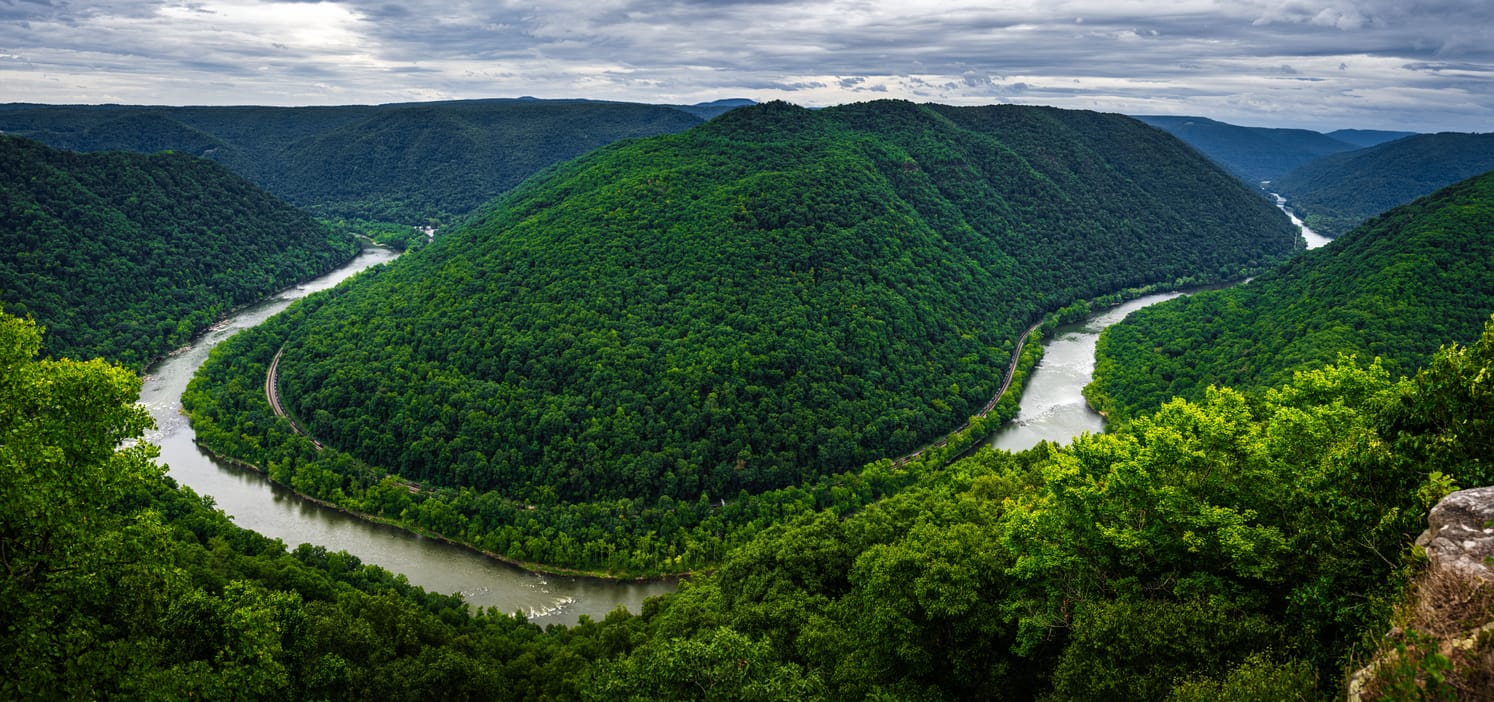An energy revolution rooted in federalism

American energy is a broad and evolving topic. While we often frame it around national security, its most immediate impacts are often at the local level. This issue explores how states are navigating the complexities of today’s energy landscape and why innovation and local leadership are vital to both economic vitality and renewing federalism.
From the outset, I knew this issue on energy had to include a piece on coal. Not only as an essential energy resource, but the legacy and culture, too. I’ve always been drawn to the stories told in coal songs from country and bluegrass music. While there is plenty of tragedy, few tunes are as beautiful and enduring as Loretta Lynn’s “Coal Miner’s Daughter.” It felt right to honor the brave souls who descended hundreds of feet into cramped, dark spaces to power America.
For many, coal means more than just energy, it’s pride and heritage. “Not only did it feed my family for generations, but it also allowed America to win World War II. It allowed the Chicago skyscrapers to be built. It allowed for that famous New York City skyline.” Those words are from Garrett Ballengee of the Cardinal Institute, who, along with the institute’s policy director, Jessi Troyan, joined me for a conversation on coal’s enduring mark on West Virginia, and its role in the state’s future.
I was encouraged to talk with Fervo Energy to hear how they are modernizing geothermal energy, and applying lessons from the oil and gas industries to do so. I’m glad I got connected with Jack Conness, who exudes genuine passion for his work and people.
We also look at nuclear energy through the lens of North Carolina, which ranks among the top five states nationally in nuclear generation. We learn more about nuclear and its potential through David Stevenson at the Caesar Rodney Institute. His leadership, alongside other policy experts across the state-based think tank network, reflects a commitment to elevate nuclear energy as a cornerstone to secure grid reliability into the 21st century.
With energy costs on the rise, it made sense to sit down with a state legislator and ask: what can be done about it at the state level? How should states be thinking about energy, and what challenges are they facing? Arkansas State Senator Matt McKee offers thoughtful answers to those questions and more in our conversation.
Utah continually stands out as a leading example of a state leaning into federalism, so I spoke with Emy Lesofski, who is an advisor to Governor Spencer Cox and executive director of the Office of Energy Development. The entire interview is a good reminder that energy involves not only technological innovation, but also building trust with local communities and pushing back against top-down federal mandates. We cover a lot of ground and much of it boils down to how Utah is well equipped to steward their own resources and land.
Do we want energy abundance and energy dominance, or are we willing to accept decline?
In conversations with Gideon Powell and Brady Cuddy of Cholla Inc., I found not just technologists, but two guys carrying the old wildcatting spirit into the digital frontier. Their work connecting oil, Bitcoin, and new energy infrastructure isn’t just about profit, it’s about decentralization, abundance, and giving rural communities a stake in the future of power. As Powell put it, “The first buyers of West Texas land weren’t chasing riches. They were gritty outsiders who believed in land and opportunity, not guaranteed outcomes.”
Peter Reichard of the Sutherland Institute explores the intersection of AI and energy, calling it the new industrial revolution. The rise in data centers is driving unprecedented demand for power, prompting urgent conversations around permitting reform, grid capacity, and openness to technologies like small-scale nuclear and geothermal. States that prepare wisely will secure a competitive edge in this high-stakes transformation.
Reichard’s points are a recurring theme throughout the issue and a reminder of when Sen. Matt McKee declared, “Do we want energy abundance and energy dominance, or are we willing to accept decline?”
Finally, going off the grid in this issue, John Hendrickson offers us a look at potential reforms to state budgets because of the “One Big Beautiful Bill” and why we need a recovery of Constitutional federalism across our land. It’s also a good reminder of how states have the opportunity to better govern themselves with a decrease in funds flowing from Washington and meet the needs of their constituents, which should include finding ways to keep the cost of energy low.
Ultimately, energy federalism reminds us that those closest to the ground, state and local leaders, are best equipped to make the educated decisions about policy for their constituencies. They understand the tradeoffs, know their communities, and have every incentive to get it right for both today and tomorrow. We should trust them more as we work to secure our future from centralized control, while empowering communities to shape their own destiny.



